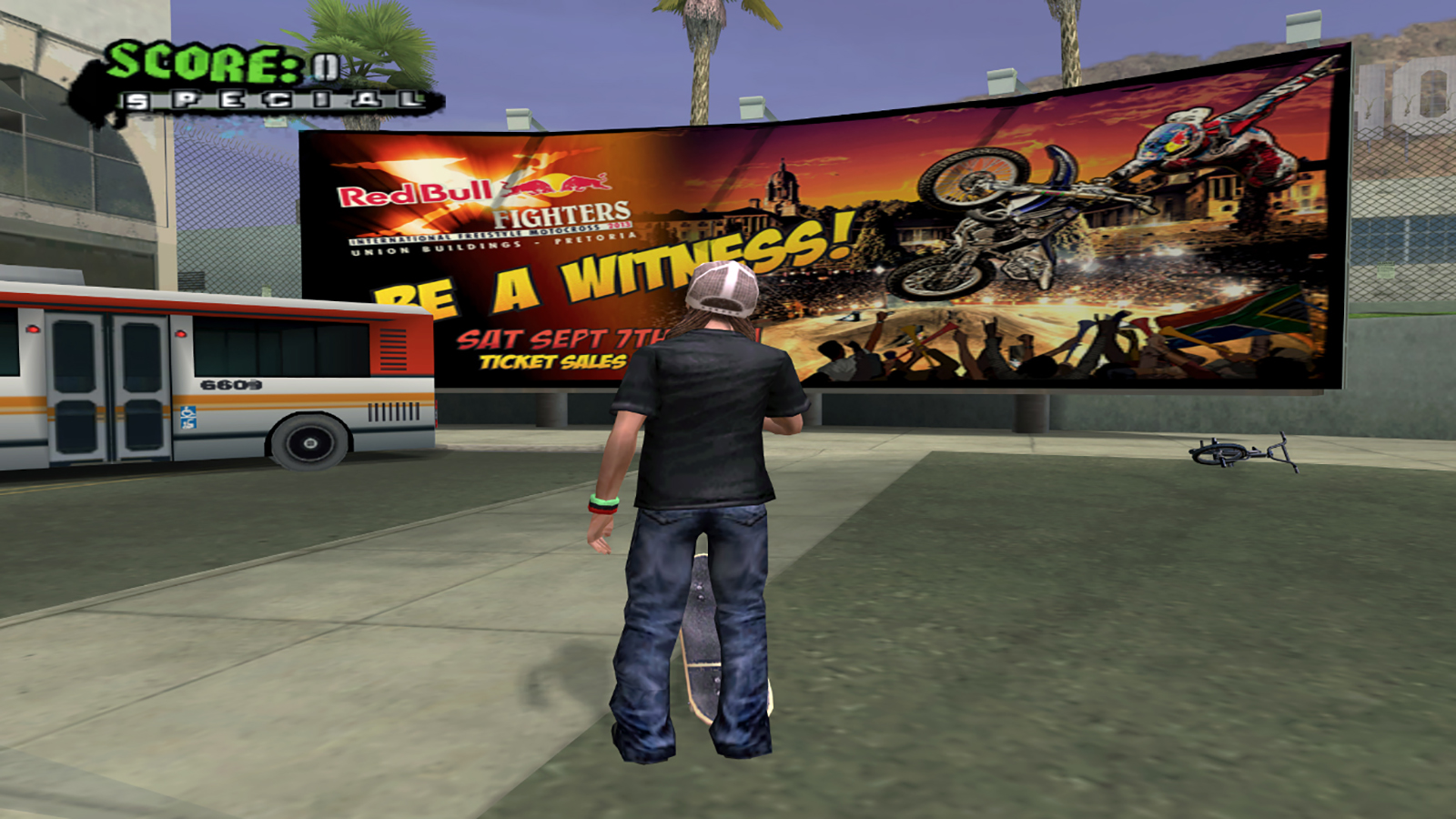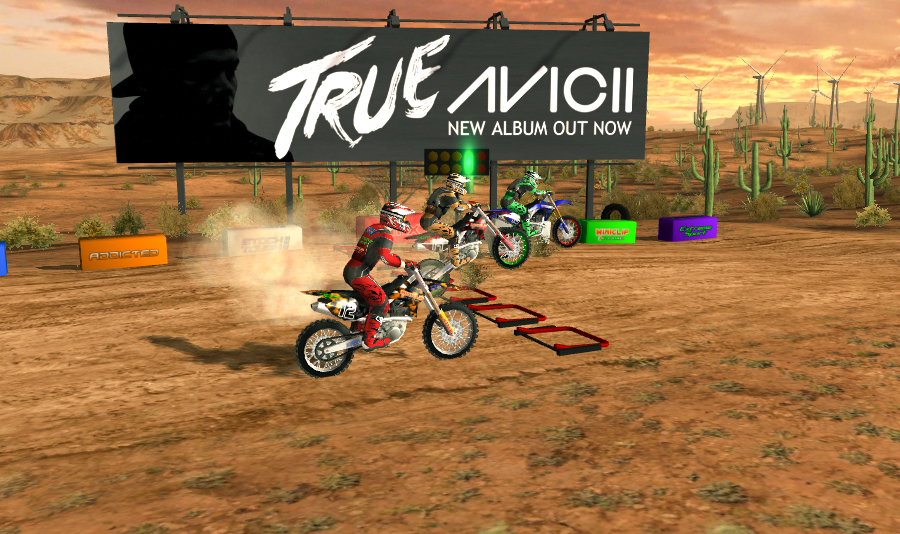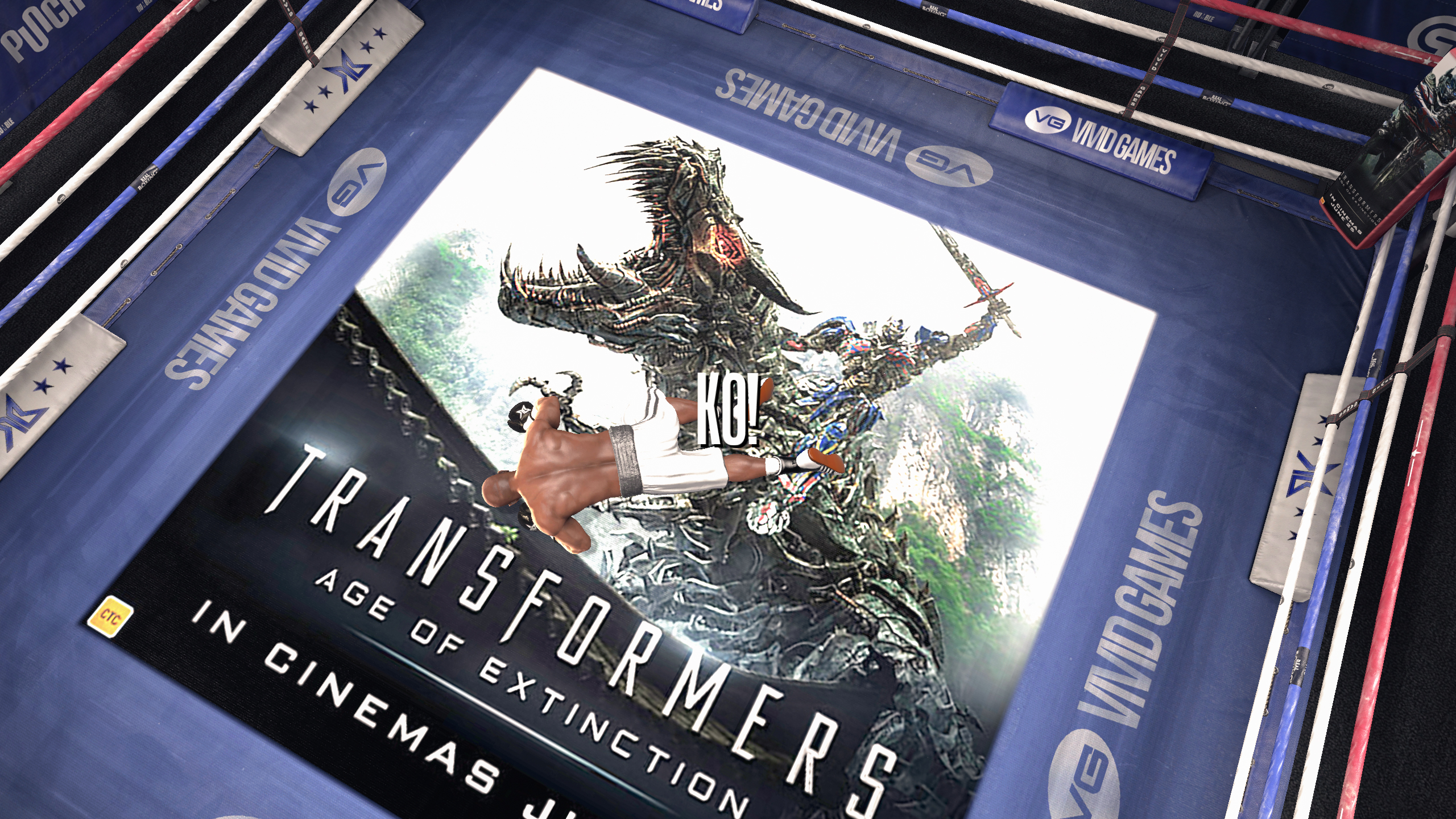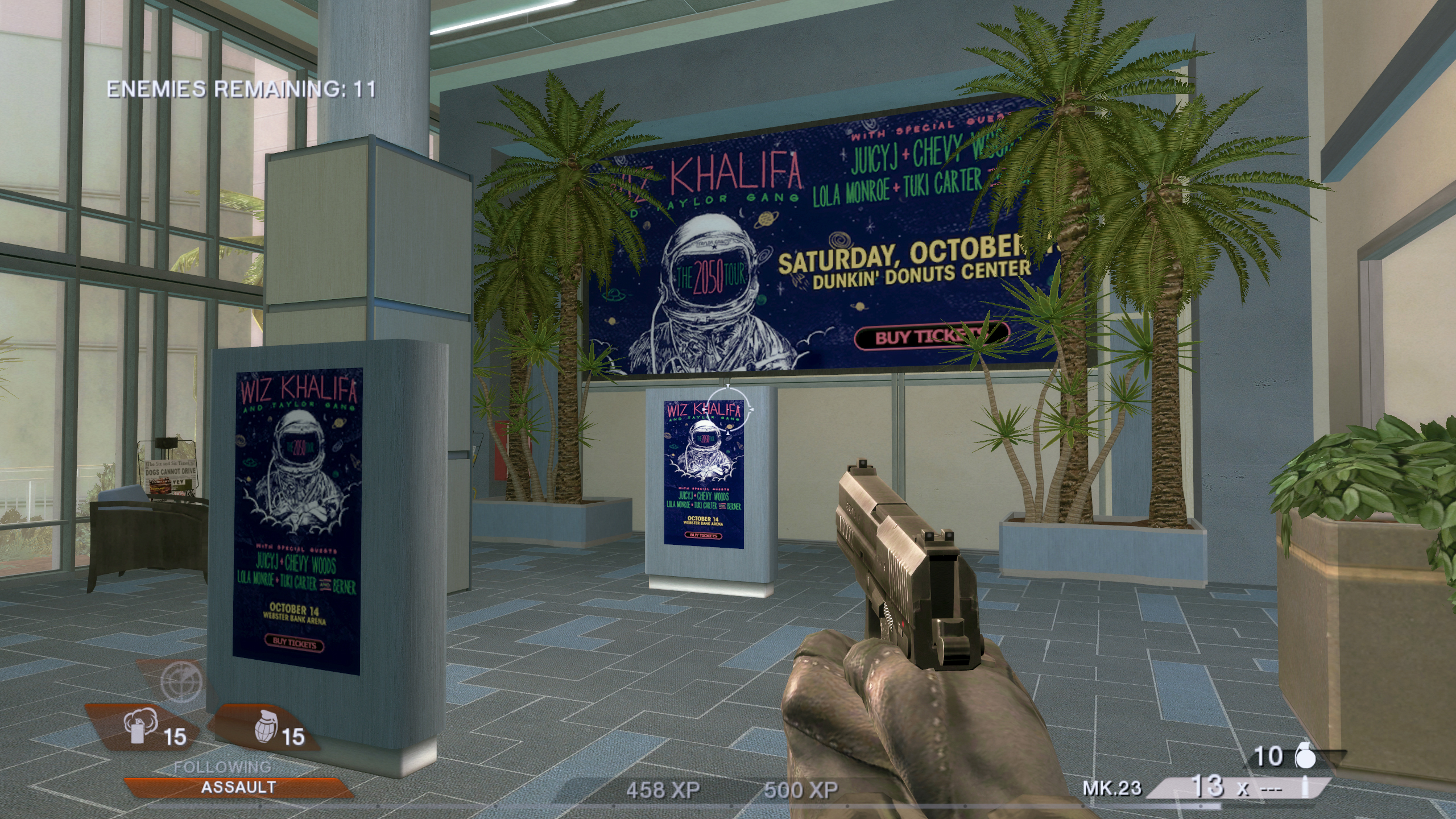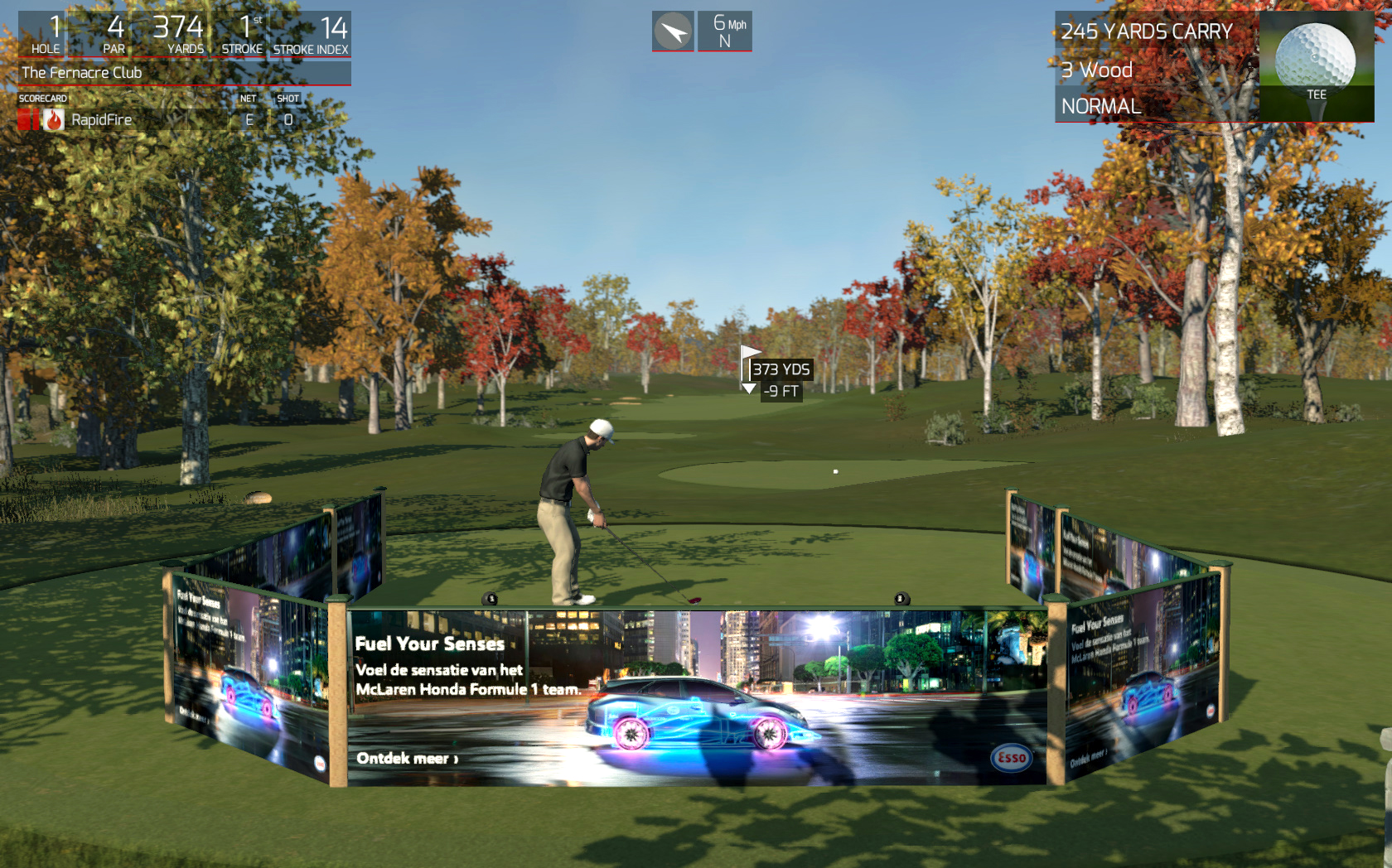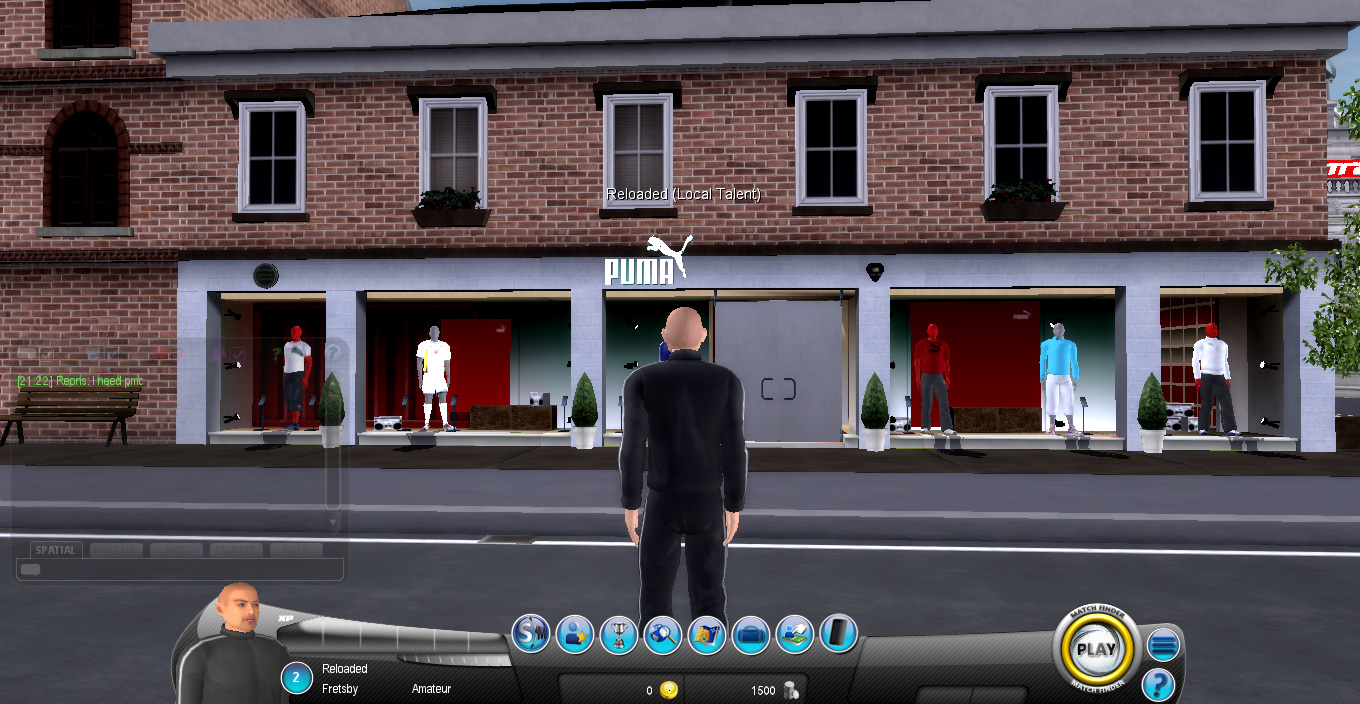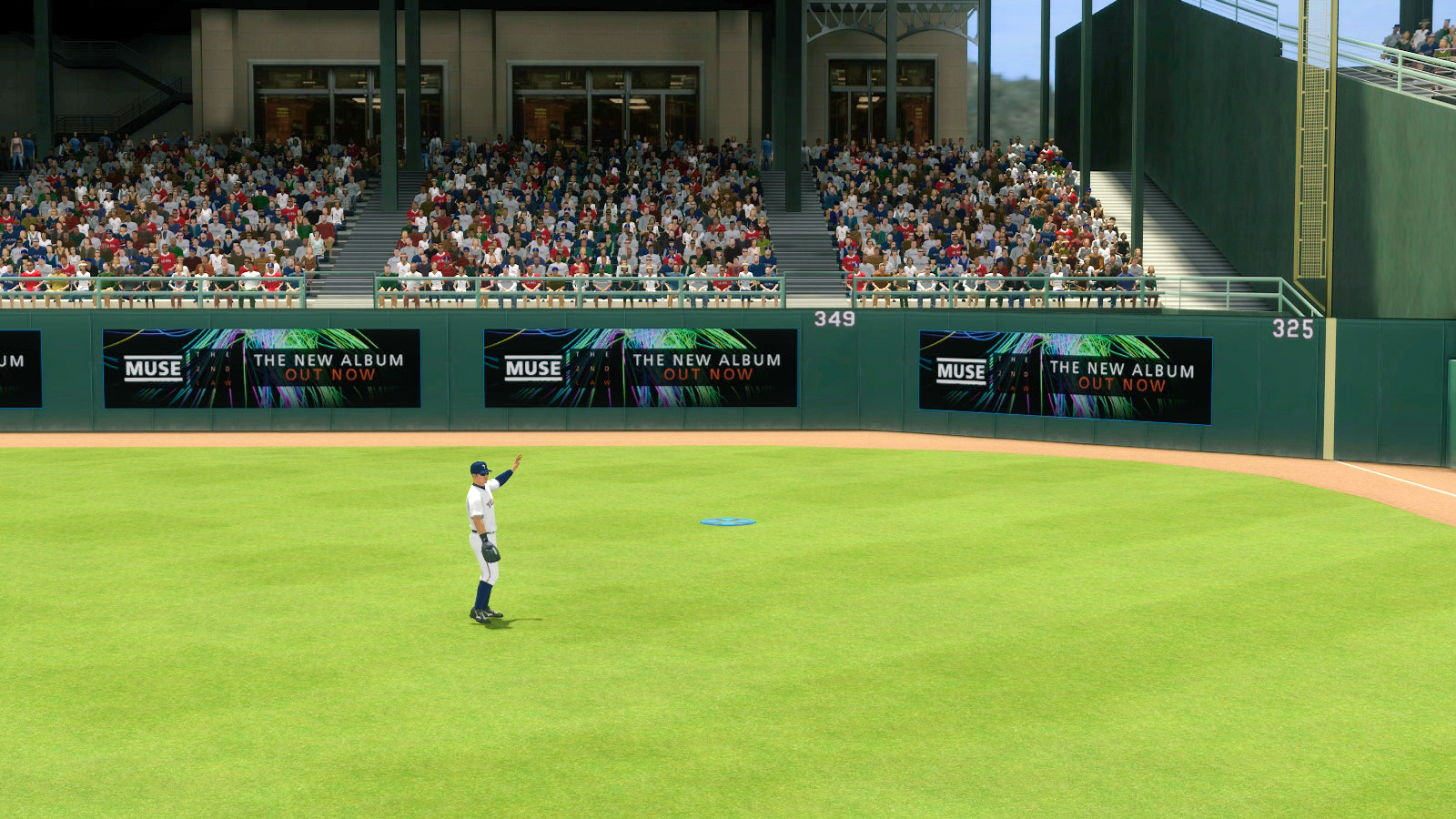In the past few weeks, we’ve seen an increase in the number of advertisers asking us to clarify, what criteria must be met for an impression to be registered with Dynamic In-Game Advertising. This is a fantastic question, and we’re happy to outline this here as a blog post.
Firstly though, we’ll briefly explain what Dynamic In-Game Advertising (DIGA) is, for those that don’t know. DIGA is a type of in-game advertising that takes the form of billboards or posters within video games, most commonly video games for the Xbox 360, PlayStation 3, and PC platforms. These billboards within the video game are displayed to gamers while playing over the internet, hence they can be updated in real-time, geo-targeted, and enjoy similar capabilities as other online digital advertising channels. DIGA operates on a CPM price model, which means advertisers are charged for every 1000 impressions served.
The common question we often get asked by advertisers with regards to Dynamic In-Game Advertising, is usually a hypothetical such as ‘if we drive past a billboard…and the billboard is either out in the distance or at an awkward angle, would this still count as an impression..?’
The simple answer to this question would be no.
There is a actually a very detailed and important set of guidelines that we adhere to from the IAB (Interactive Advertising Bureau), and among these guidelines are several specific to in-game advertising impression measurement. Here are the primary points/criteria for measuring an ad impression for dynamic in-game advertising:
So how is this all measured and how is this all accomplished you might be wondering? Well, all of the above criteria is built into the video game using sophisticated SDK software, and the data connects up to an analytics server (typically an ad server) that measures and reports back the various thresholds outlined above. And that folks is how it’s done in the most simplistic explanation possible! 🙂
To learn more about Dynamic In-Game Advertising, or to start a campaign, contact us at: https://www.rapidfire.com/contact-us
Firstly though, we’ll briefly explain what Dynamic In-Game Advertising (DIGA) is, for those that don’t know. DIGA is a type of in-game advertising that takes the form of billboards or posters within video games, most commonly video games for the Xbox 360, PlayStation 3, and PC platforms. These billboards within the video game are displayed to gamers while playing over the internet, hence they can be updated in real-time, geo-targeted, and enjoy similar capabilities as other online digital advertising channels. DIGA operates on a CPM price model, which means advertisers are charged for every 1000 impressions served.
The common question we often get asked by advertisers with regards to Dynamic In-Game Advertising, is usually a hypothetical such as ‘if we drive past a billboard…and the billboard is either out in the distance or at an awkward angle, would this still count as an impression..?’
The simple answer to this question would be no.
There is a actually a very detailed and important set of guidelines that we adhere to from the IAB (Interactive Advertising Bureau), and among these guidelines are several specific to in-game advertising impression measurement. Here are the primary points/criteria for measuring an ad impression for dynamic in-game advertising:
- The minimum exposure time of an ad that can contribute to the cumulative Ad Impression threshold must be a continuous exposure of one-half (0.5) seconds or more
- The ad must be a minimum of 1.5% of screen coverage. This addresses any issues surrounding distance from the billboard
- Only ads that are visible within the virtual game environment with sufficient lighting during darkness should be counted
- The angle of the ad must be no greater than 55 degrees relative to the game screen. This addresses awkward angles where the billboard isn’t completely in the field of view
So how is this all measured and how is this all accomplished you might be wondering? Well, all of the above criteria is built into the video game using sophisticated SDK software, and the data connects up to an analytics server (typically an ad server) that measures and reports back the various thresholds outlined above. And that folks is how it’s done in the most simplistic explanation possible! 🙂
To learn more about Dynamic In-Game Advertising, or to start a campaign, contact us at: https://www.rapidfire.com/contact-us


